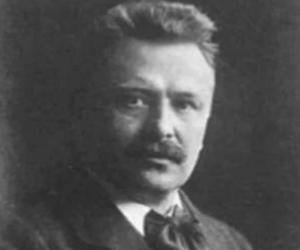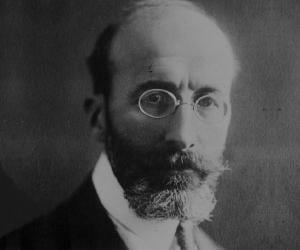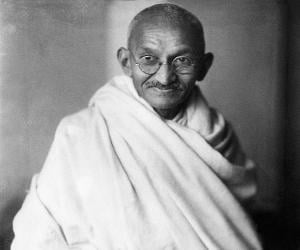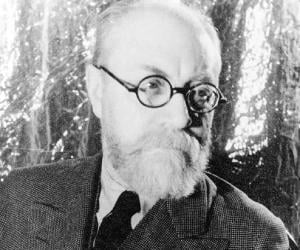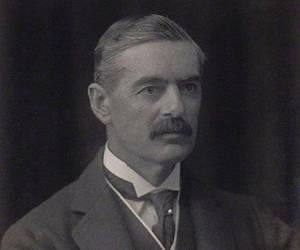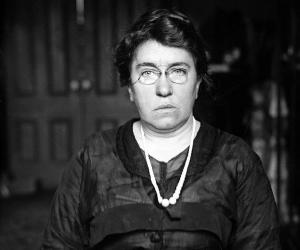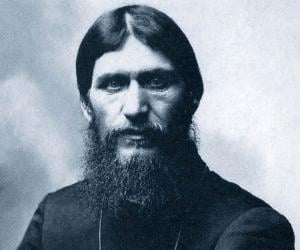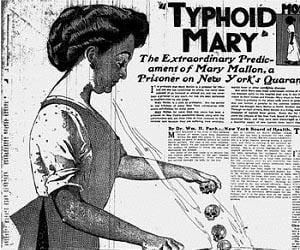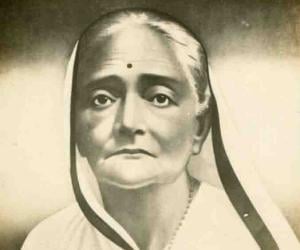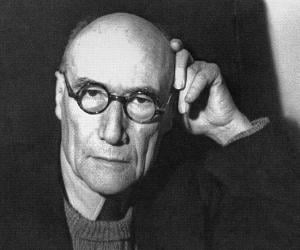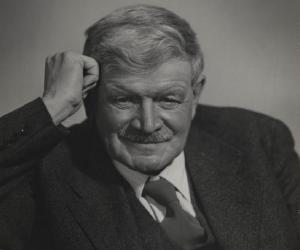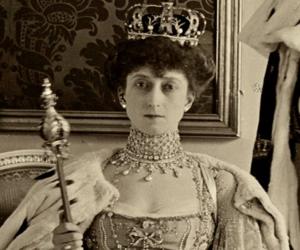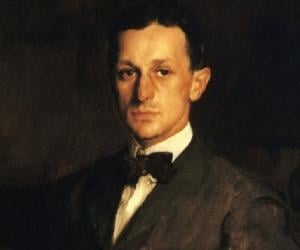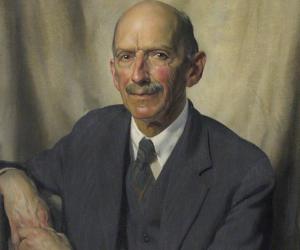An Indian lawyer and anti-colonial nationalist, Mahatma Gandhi was a major figure in India’s fight for independence from British rule. He is renowned for his employment of non-violent resistance and civil disobedience methods. Despite his popularity, he had numerous detractors as well and was assassinated in 1948. He is widely considered the Father of the Nation in India.
Henri Matisse was a French artist. Although he was known for his skills as a painter, Matisse was also a renowned sculptor, printmaker, and draughtsman. Along with Picasso, Matisse is regarded as one of the artists who contributed immensely to the revolutionary developments in visual arts. His works also influenced other painters who would adopt a technique called intense colorism.
Neville Chamberlain was a British politician. A member of the Conservative Party, Chamberlain served as UK's prime minister from 1937 to 1940. Known for his signing of the Munich Agreement, which is also called the Munich Betrayal, Neville Chamberlain is regarded by many as one of the most controversial prime ministers of the UK.
Emma Goldman was a writer and anarchist political activist. She played an important role in popularizing the anarchist political philosophy in Europe and North America in the early and mid-20th century. Her lectures and writing spanned a wide variety of subjects, such as atheism, militarism, freedom of speech, homosexuality, capitalism, and free love.
Arguably the most controversial and mythologized Russian of the 20th century, Grigori Rasputin was a self-styled monk and mystic infamous for the spell he cast over the wife and child of the last Romanov emperor. The scandal and political intrigue he left in his wake led to his eventual assassination during WWI, and rang the death-knell for imperial Russia.
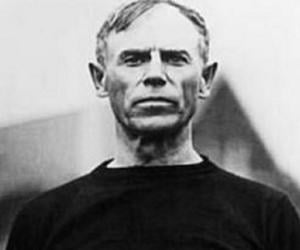
Irish immigrant Mary Mallon, or Typhoid Mary, worked as a cook in affluent American households. When people started falling ill in and around places where Mary had worked, it was discovered that she was an asymptomatic carrier of typhoid. Escaping every time, she caused three deaths and was eventually forcibly isolated.
Kasturba Gandhi was an Indian freedom fighter and political activist. Best remembered as the wife of Mohandas Karamchand Gandhi, Kasturba took part in Indian independence movements along with her husband. Her life and career inspired a play titled Kasturba which was written by Narayan Desai and directed by Aditi Desai. The play was staged several times in India.
Nobel Prize-winning French author Andre Gide is remembered for exhibiting the conflict between sexuality and the puritanical standards of society through his works. Much of his work was autobiographical and used the confessional format. A homosexual himself, he defended homosexuality through works such as Corydon.
Daughter of King Edward VII of Norway, Maud of Wales, was known for being a tomboy and had even been nicknamed Harry, after a valiant admiral. She married Prince Carl of Denmark. After Carl took over as King Haakon VII of Norway, Maud became the queen of Norway, too.
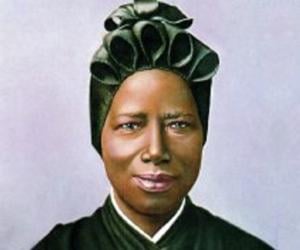
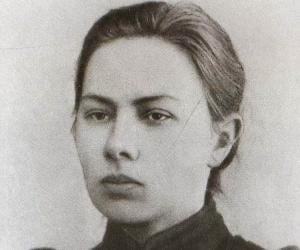
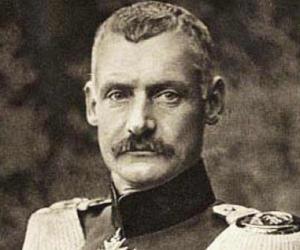
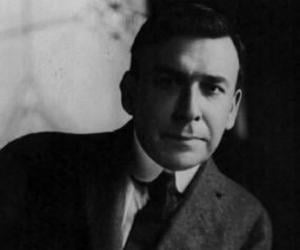
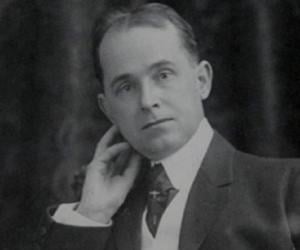
Winsor McCay was an American animator and cartoonist. McCay is best remembered for creating the popular fictional character Little Nemo, who originated in a comic strip titled Dream of the Rarebit Fiend. Winsor McCay is credited with pioneering several animation techniques, such as inbetweening and cycling. An early animation pioneer, Winsor McCay’s work has influenced generations of illustrators and cartoonists.
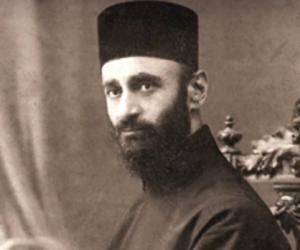
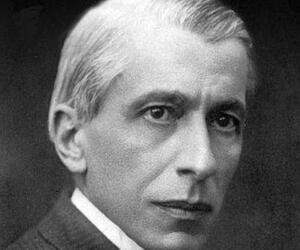
Known for his pathbreaking research on the hormone insulin, Romanian physiologist Nicolae Paulescu was also a professor of medicine. He had a tiff with the Nobel Prize committee on their decision to award two other scientists for the discovery of insulin. His anti-Semitic writings influenced the Iron Guard movement.
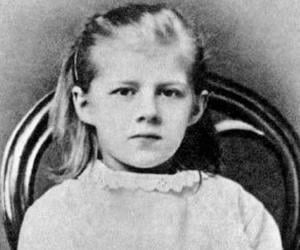
Lyubov Dostoevskaya was a Russian memoirist and writer. The daughter of popular Russian novelist Fyodor Dostoevsky and his wife Anna Grigoryevna Snitkina, Lyubov Dostoevskaya is best remembered for her work, Dostoyevsky as Portrayed by His Daughter. Many of her memoirs, which were written in French, were translated into other European languages.
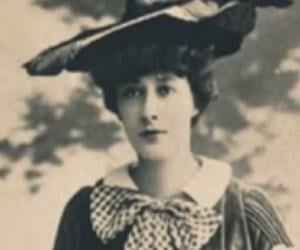
Liane de Pougy was a French dancer and vedette who performed at the Folies Bergère in Paris. Remembered for her captivating looks, de Pougy was widely regarded as one of Paris's most notorious courtesans. She also served as the subject for many artists like Paul César Helleu and Jean Baptiste Guth.
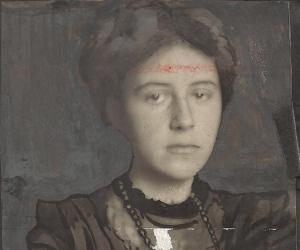
Marguerite Steinheil was a French woman best remembered for having love affairs with prominent men, including President Félix Faure. Interestingly, it is said that Steinheil was involved in a sexual encounter with Félix Faure at the time of his death in 1899. Steinheil achieved notoriety after the incident; her character was portrayed in a TV series titled Paris Police 1900.

Gustav Vigeland was a Norwegian sculptor best remembered for his productivity and creative imagination. Apart from designing popular sculptures such as the Vigeland installation in Frogner Park, Vigeland is also credited with designing the Nobel Peace Prize medal. The Vigeland Museum, which is located outside Frogner Park, Oslo, is dedicated to Gustav Vigeland.

Initially a professor of theology, philosopher Rudolf Otto later contributed to some of the most significant works of theology, such as The Idea of the Holy. He was also a member of the Prussian Parliament and is remembered for his services to Christianity and his idea of numinous.
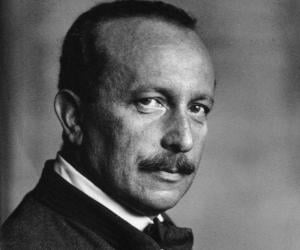
Best known for penning the children’s classic Bambi, Felix Salten was forced to flee Vienna during the Nazi regime and eventually settled in Switzerland. His books were banned in Austria after Germany annexed the country, but that didn’t dent his popularity as an author. He was a skilled hunter, too.
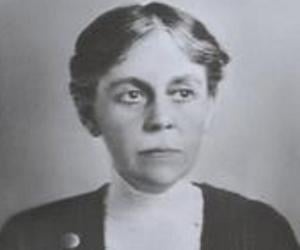
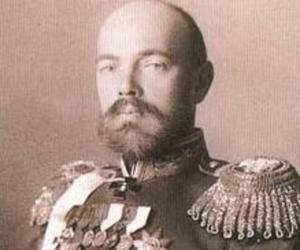
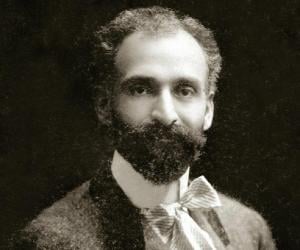
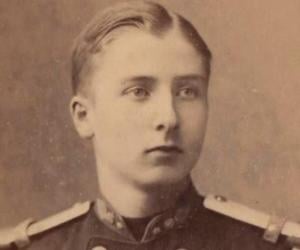
Prince Baudouin of Belgium was the son of Prince Philippe of Belgium, Count of Flanders. He is also known as the older brother of Albert I of Belgium, who went on to become King of the Belgians in 1909. Albert I became heir presumptive after the untimely death of Prince Baudouin of Belgium at the age of 21.
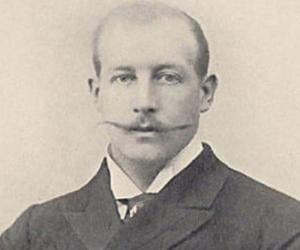
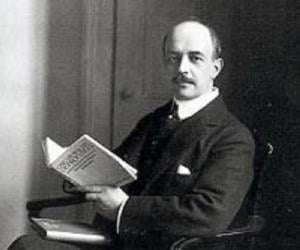
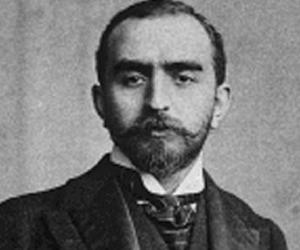
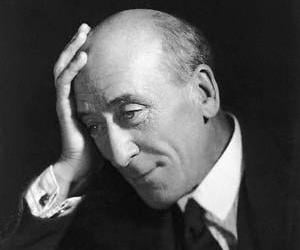
Scottish physicist, meteorologist and Nobel Laureate Charles Thomson Rees Wilson is noted for inventing the cloud chamber particle detector, also referred to as Wilson cloud chamber, used for visualizing the passage of ionizing radiation. It played a significant role in the area of experimental particle physics between the 1920s and 1950s.
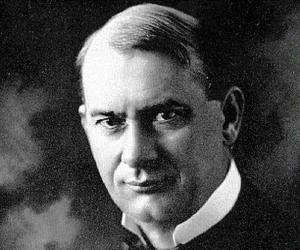
Joseph Franklin Rutherford was an American lawyer who later developed an interest in the teachings of Charles Taze Russell. Eventually, he joined the Bible Student movement and later became the president of the Watch Tower Tract Society. Also an author, Joseph Franklin Rutherford wrote 21 books and distributed almost 400 million booklets and books.
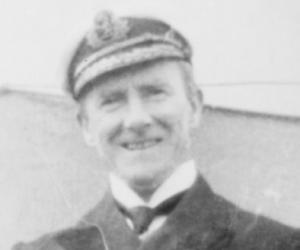
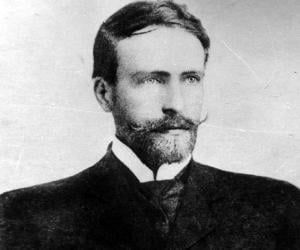
Stanisław Wyspiański was a Polish poet, playwright, and painter. He was one of the most patriotic writers of the Young Poland Movement and is best remembered for creating several symbolic, national dramas. Stanisław Wyspiański is sometimes referred to as the Fourth Bard of Polish literature.
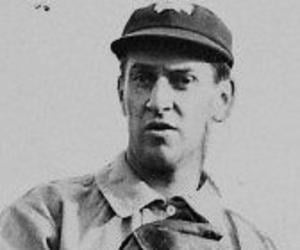
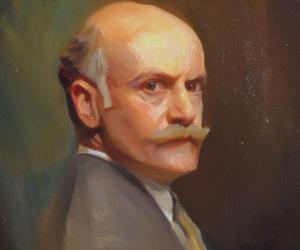
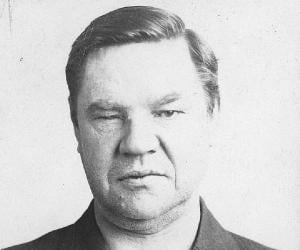
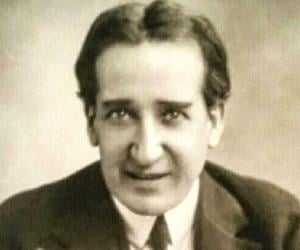
One of the most popular magicians of his time, Howard Thurston was born to working-class parents and ran away from home as a child to join a circus. He popularized the floating woman illusion previously performed by Harry Kellar and was best known for his card tricks.

One of the rare female Expressionist authors, Else Lasker-Schüler is best remembered for plays such as Die Wupper. Known for her bohemian and eccentric lifestyle, she fled the Nazis and moved first to Switzerland and then to Jerusalem. Owing to her extravagant expenses, she died in poverty.
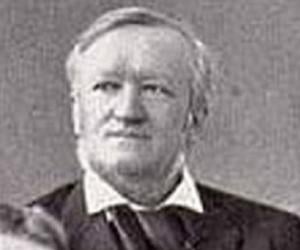
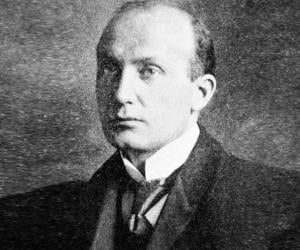
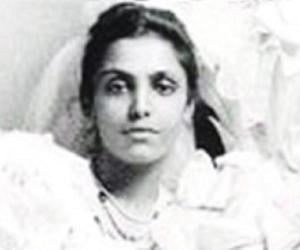
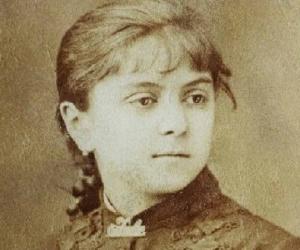
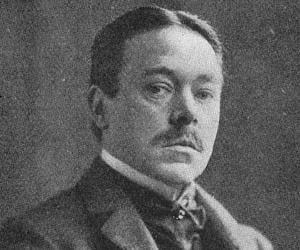
Swedish author, playwright, and journalist Hjalmar Söderberg had begun his career as a civil servant, before switching to full-time writing. Known for his novels such as Doctor Glas and Martin Birck’s Youth, he also penned short story collections such as Historietter. His themes are often melancholic and cynical.
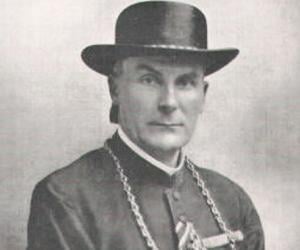
Michael von Faulhaber was a senior Catholic prelate and Archbishop of Munich from 1917 to 1952. He was a co-founder of the Amici Israel, a priestly association that strove for Jewish-Christian reconciliation. During the Nazi era, he was involved in drafting the encyclical Mit brennender Sorge. He recognized the Nazi government as legitimate and preached against communism.
